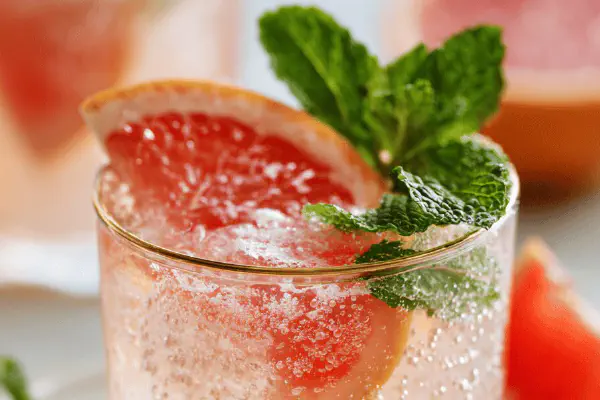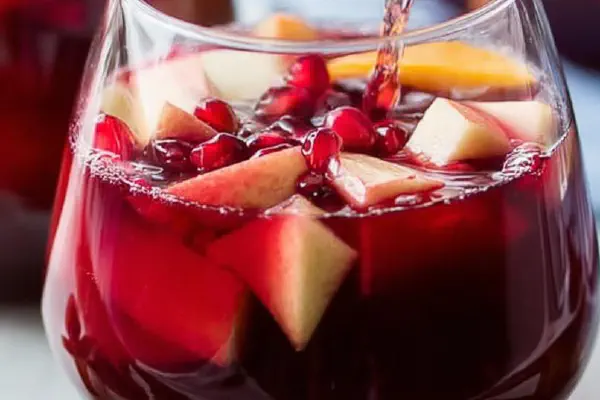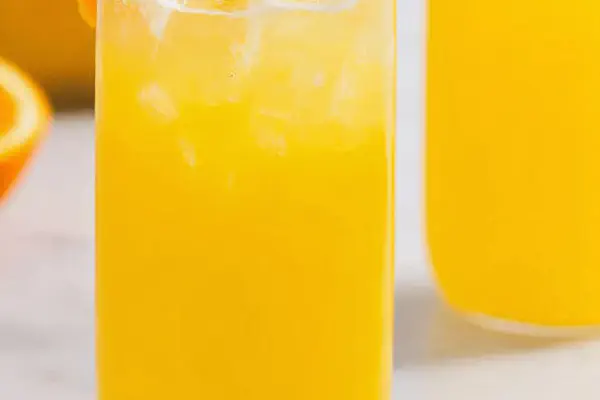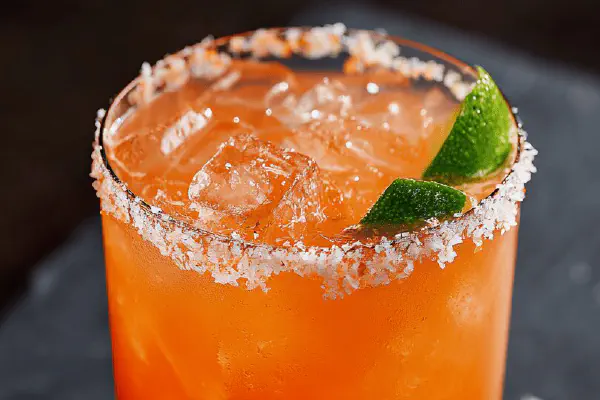Featured Recipe
Tropical Lime Cooler
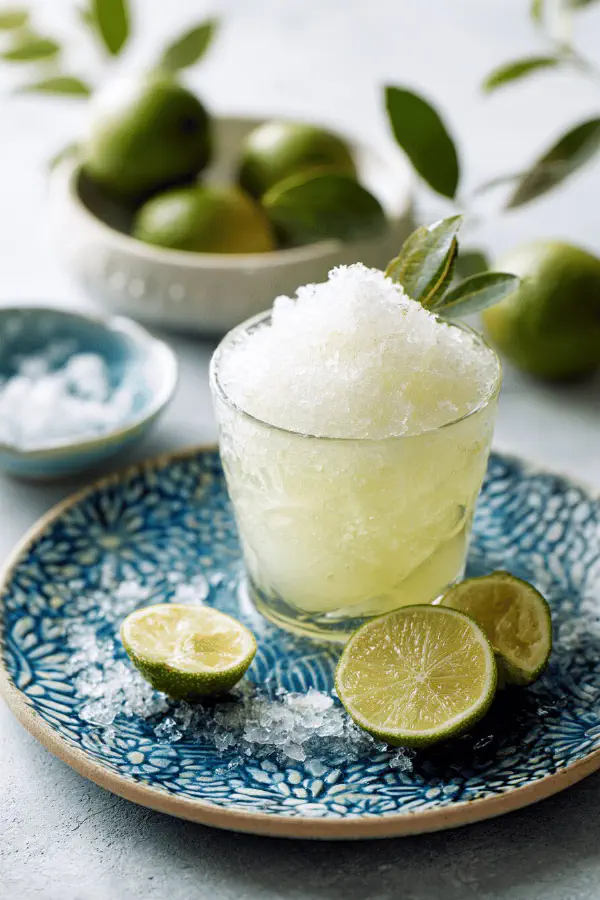
By Kate
"
A Brazilian-inspired lime drink with a twist of coconut water and honey instead of sugar and condensed milk. Uses key citrus notes, balanced sweetness, and icy chill. Simple, fresh, and quick. Extracts pure lime essence, strained for clarity. Adds subtle creaminess through coconut water, not dairy. Adjust sweetness easily. Ideal when fresh limes and no eggs, nuts, gluten needed.
"
Prep:
6 min
Cook:
0 min
Total:
6 min
Serves:
5 servings
drink
cocktail
lime
coconut
honey
Introduction
Lime drinks—basic, but tricky. Too much pith, bitterness creeps fast. Need to balance tart with sweet without drowning fresh punch. Swap sugar and condensed milk from the usual for natural alternatives. Coconut water introduces a subtle creaminess, mild sweetness, plus hydration edge beyond plain water. Honey adds floral depth, melts differently than sugar, changes mouthfeel. Lemon juice included for brightness; different citrus acid profile, layers complexity. Ice crucial: crush it fine, sticks with flavors, chills quicker. Speed blender just right—overdo pulp, bitterness worsens. Straining crucial step for clarity and clean sip. No nuts, gluten, dairy here. Flexible. No-rush recipe but respect natural flavors. Watch textures. Trust senses. No fluff.
Ingredients
About the ingredients
Limes: ripe but firm, heavy for their size—juicy without dry segments. Citrus varies seasonally; greener limes often more tart. Coconut water: pure, not sweetened or flavored, gives subtle creaminess and electrolytes, unlike dairy alternatives. Honey: unprocessed raw if possible, not overpowering but distinct. Lemon juice adds extra acid brightness to balance caramel notes in honey. Crushed ice preferred over cubes: chills faster, dilutes slower, better mouthfeel. If coconut water not at hand, use cold filtered water plus a splash of vanilla almond milk for creaminess—note allergen substitution. Honey can be swapped for agave syrup if vegan, but sweetness intensity changes. Keep citrus juice refrigerated after cutting to retain vibrancy. Avoid overblending pulp; bitter compounds ramp up quickly from oils in zest and pith.
Method
Technique Tips
Cut limes into quarters—not halves—small pieces help blender do job faster and evenly. Pulse blender in short bursts; full power risks heating mixture, damaging fresh flavor. Stop as soon as pulp is well broken but before white pith breaks down completely. Strain using a fine mesh sieve; press gently with spoon—not force, not squeezing too hard—which extracts juice clean but won’t drag bitter pith oils into final drink. Add crushed ice at end; stir to combine. Too long mixing after ice damages texture and coolness. Serve fast—the longer lime juice stands, the duller the taste. Leftover pulp is bitter raw; freeze immediately and use later in cooked applications or smoothies rather than fresh drinks. Salt or chili rim—optional but adds contrast. Keep blender, strainer, and jug cold to protect bright citrus aromatics. Timing is sensory-driven: look for foam on top—sign pulp broke enough; taste a drop for bitterness before straining; frost forming on jug signals perfect chill.
Chef's Notes
- 💡 Chop limes quick. Ends trimmed. Quarters work best. Prevent bitterness. Avoid pith. Respect texture. If over blended, bitterness increases.
- 💡 Blend in bursts. Fast pulses. Keep an eye on foam forming. Signals breaking down. Stop before pith breaks. Preserve zingy freshness.
- 💡 Strain with fine sieve. Use spoon back, press gently. Don't rush. Excess pressure extracts bitterness. Look for clean juice, avoid pulp.
- 💡 Add crushed ice last. Stir fast to chill. Don't overdo. Too much mixing damages texture. Ideal is frosty glass rim. Watch for chill.
- 💡 Salt or chili rim optional. Adds fun contrast, cuts sweetness. Adjust sweetness with honey if too tart. Coconut water good fallback too.
Kitchen Wisdom
How to adjust sweetness?
Simple. Add honey for depth or more coconut water. Taste often. Balance is key. Keep sweetness controlled.
Can I use different sweetener?
Yes, agave works. But note texture shifts. Not for all drinks. Honey gives unique mouthfeel.
What's the lime prep trick?
Trim ends, quarter limes safely. Avoid pith, bitter bits ruin the bright taste. Watch for dry spots too.
How long is the drink good for?
Best fresh. Not great after sitting. Store pulp frozen in ice trays. Use later in smoothies.
